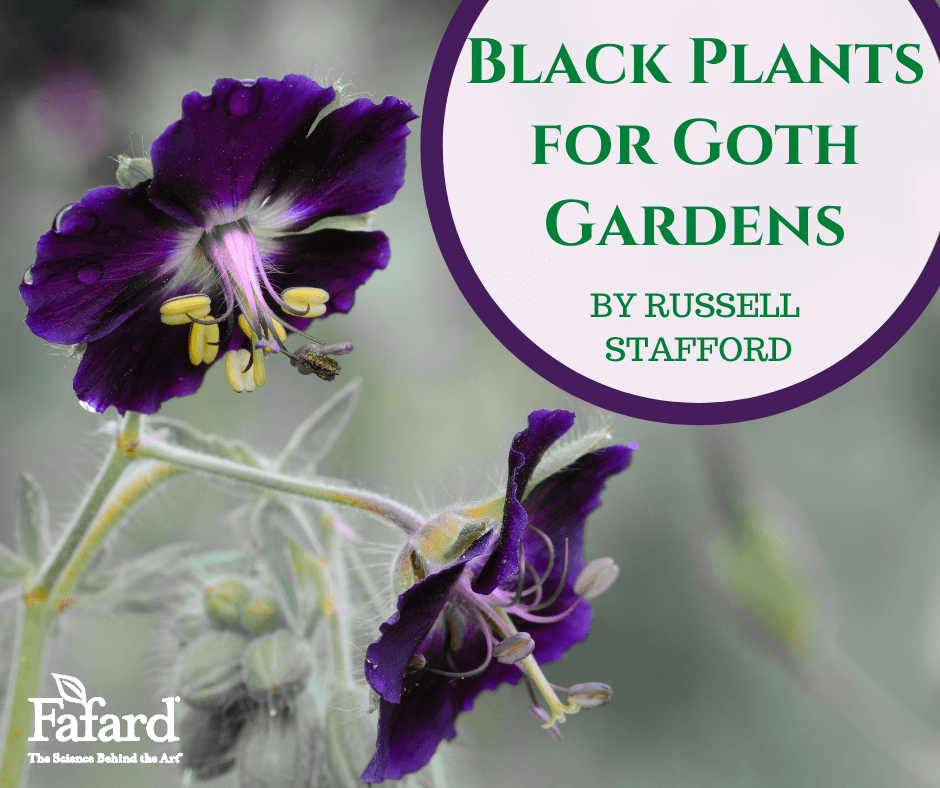
What better way to celebrate the Halloween season than to design and plant a Goth Garden? Admit it: you need one.
Of course, you’ll also need plants that look the part. Spiky or bizarrely shaped or ghostly hued plants are obviously essential (a contorted beech – Fagus sylvatica ‘Tortuosa’ – would fit to a twisted tee). Most of all, though, you’ll want some black flowers – or as close to black as you can get. The possibilities are surprisingly many.
Molly Sanderson Viola (Viola ‘Molly Sanderson’, Zones 5-10)
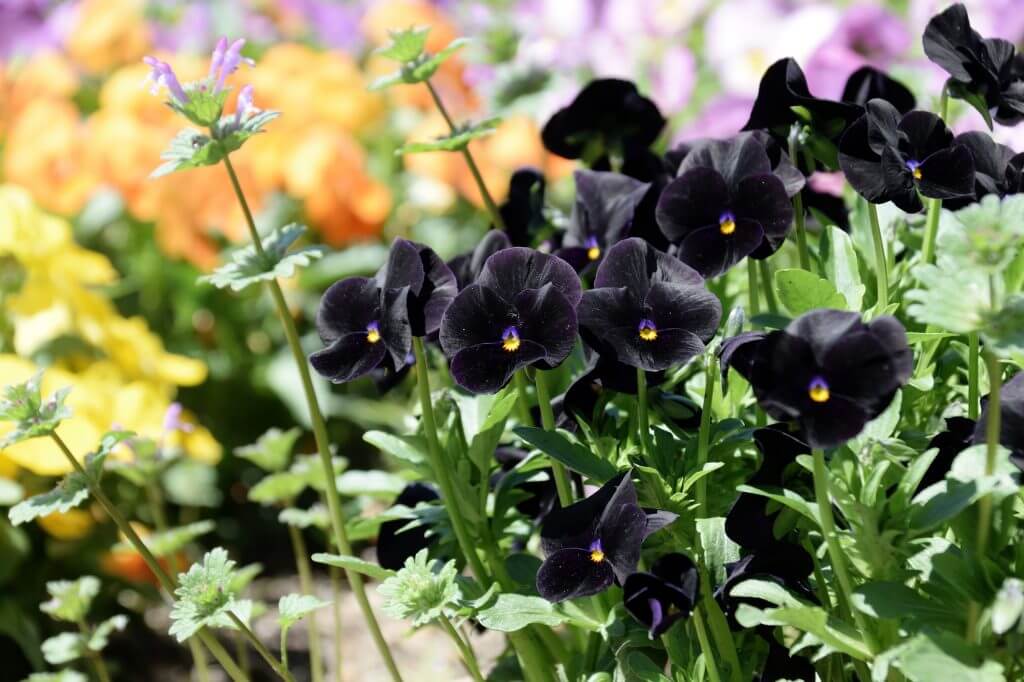
Plum-black miniature pansies envelop this winsome – but slightly spooky – little perennial in spring, and again after the return of cool weather in fall. Each flower flashes a sunny-yellow eye, accenting and enhancing the surrounding blackness. The blooms are darkly adorable in combination with ‘Jack Be Little’ mini-pumpkins. Available as plants or seed, ‘Molly’ is a short-lived perennial that often persists by sowing itself about. It’s longest-lived (and evergreen) in areas with mild summers and moderate winters.
Black Sprite Mountain Knapweed (Centaurea montana ‘Black Sprite’, Zones 3-9)
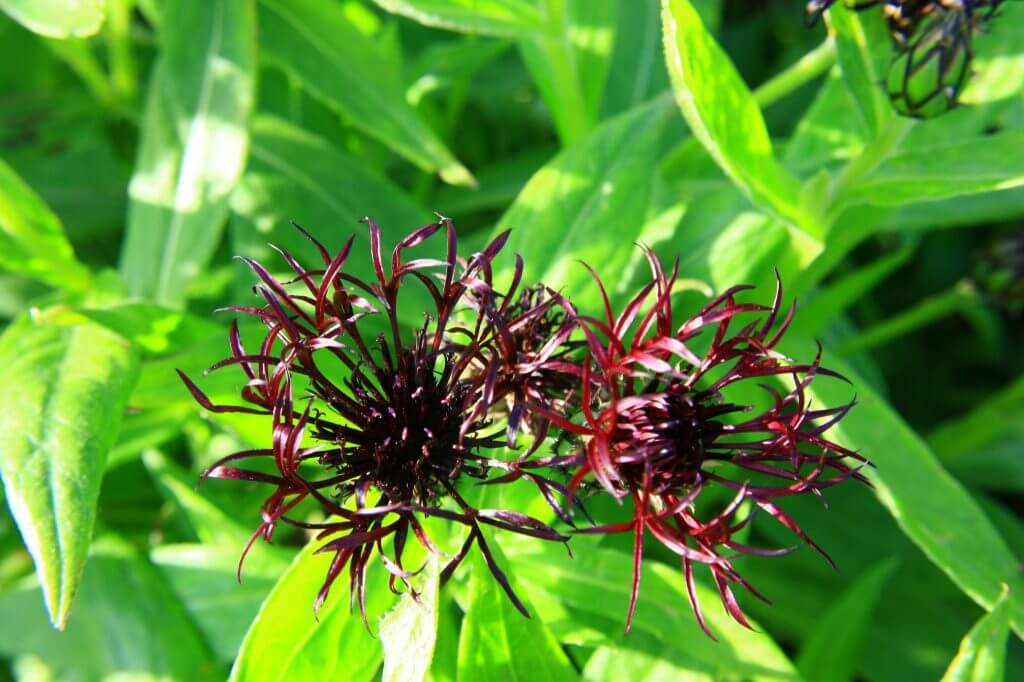
Spidery-petaled midnight-purple flowers open from cobwebbed buds in late spring and early summer over contrasting clumps of gray-green leaves. At 18 inches tall, the flower stems are somewhat shorter than those of standard-issue violet-blue-flowered Centaurea montana. Cut them black after bloom, and you’ll be rewarded with a second round of sinister flowers in summer. As with ‘Molly Sanderson’, this sun-loving, relatively short-lived perennial usually stays in the garden via self-sown seedlings.
Chocolate Cosmos (Cosmos atrosanguineus, Zones 7-10)
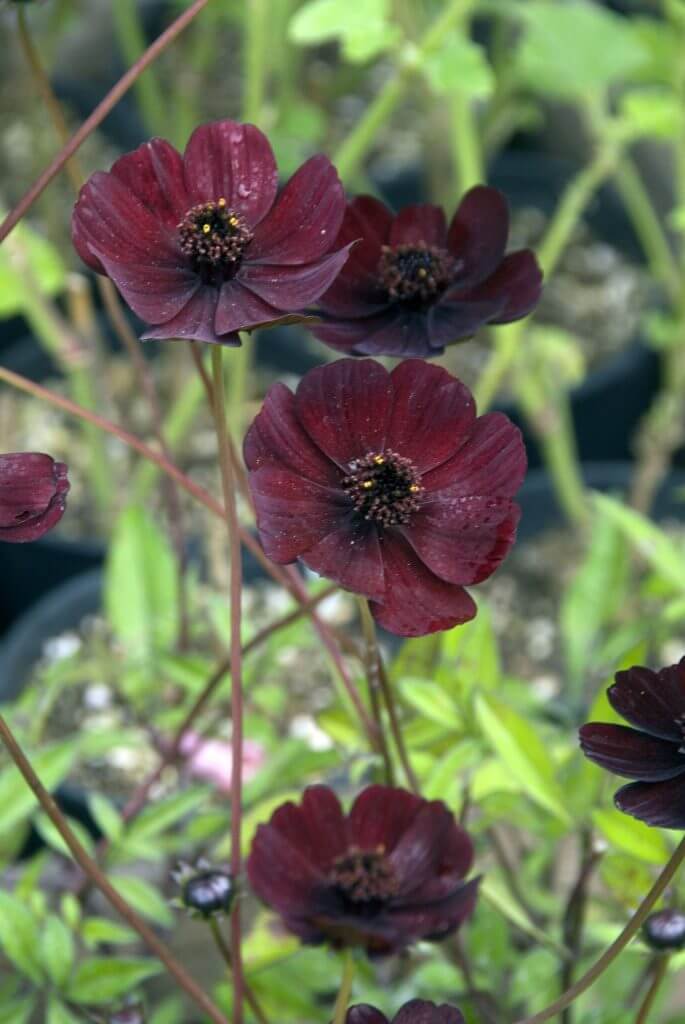
This Mexican native earns its common name not from the black-maroon color of its daisy-shaped summer flowers, but from their delicious chocolate-laced fragrance. Appearing on 2-foot stems in summer, the flowers are at their most prolific in sunny sites with fertile well-drained soil (amend overly heavy soils with Fafard Premium Natural & Organic Compost). In colder regions, lift the frost-tender, tuberous roots before the ground freezes in fall, and overwinter them in open paper bags in a well-aerated location. Plants will winter in the ground into USDA Hardiness Zone 7 if heavily mulched with pine needles or straw in early winter.
Voodoo Lily (Sauromatum venosum, Zones 6-10)
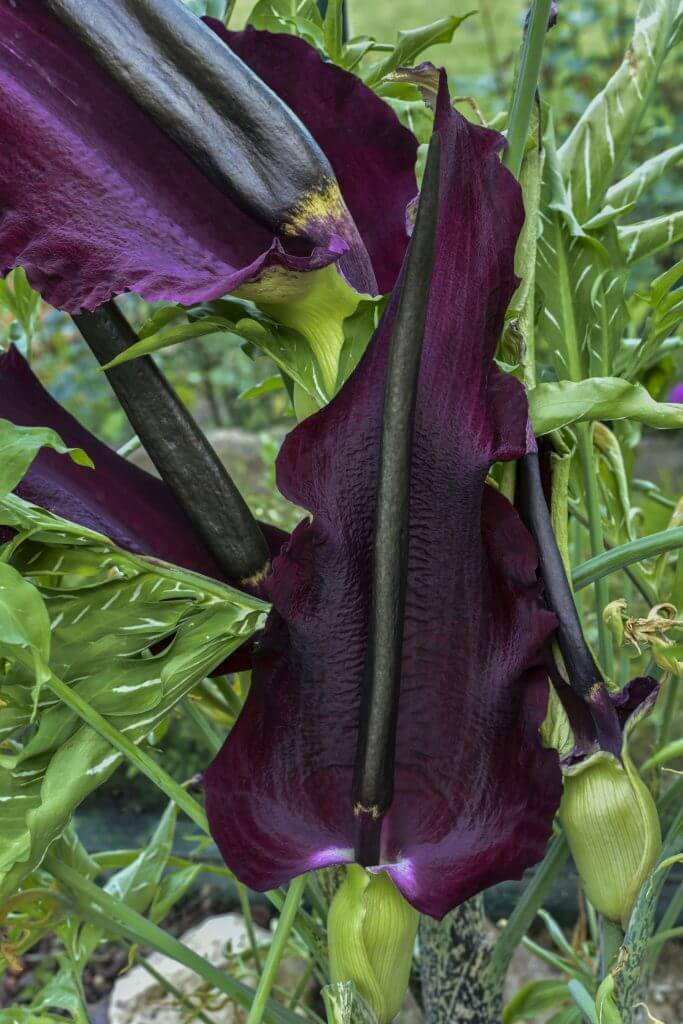
An altogether different sort of fragrance wafts from the gratifyingly grotesque spring “blooms” of voodoo lily. Standing 2 feet tall, each inflorescence comprises a central sooty-purple truncheon (the “spadix”), cowled by a lime-green, black-mottled “spathe”. Their macabre coloration – and fetid scent – is a clarion call to carrion-feeding insects. Huge horseshoe-shaped compound leaves with fanned lance-shaped leaflets push up from the underground tubers after the flowers collapse. Famed plantsman Graham Stuart Thomas aptly described this as the flower Beelzebub would present to his mother-in-law. Or he might have been referring instead to dragon arum (Dracunculus vulgaris), another dark member of the arum family that is similarly bizarre and slightly more cold-tender (USDA Zone 7 rather than Zone 6). Both are must-have plants for partly shaded Goth gardens. Plant the tubers in early spring.
Black Widow (Geranium phaeum, Zones 4-9)
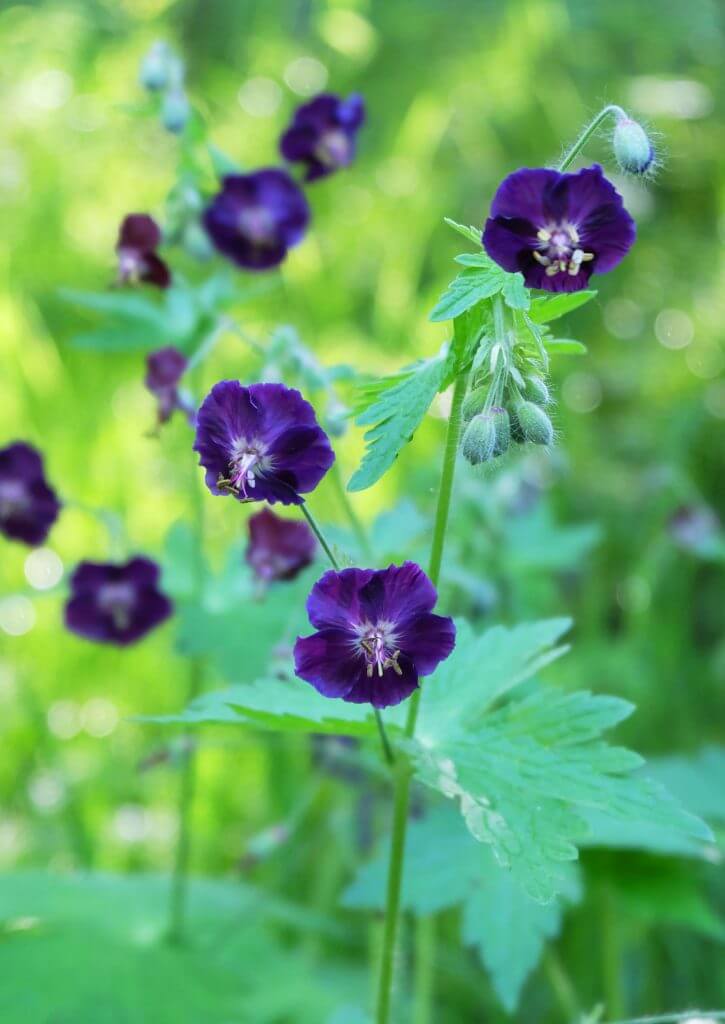
Given the name – and the shadowy deep-purple flowers with back-swept petals that nod ruefully from 2-foot stems in late spring and early summer – this is another must-have. The relatively large, lobed, maple-shaped leaves form an attractive foil for the flowers. Look for ‘Raven’, which has especially dark-hued blooms, and ‘Samobor’, whose leaves are generously marked with dark purple splotches that echo the flowers. All forms are tough perennials that tolerate shade and drought and are hardy to USDA Zone 4.
Black Lenten Rose (Helleborus x hybridus (black varieties, Zones 4-9)
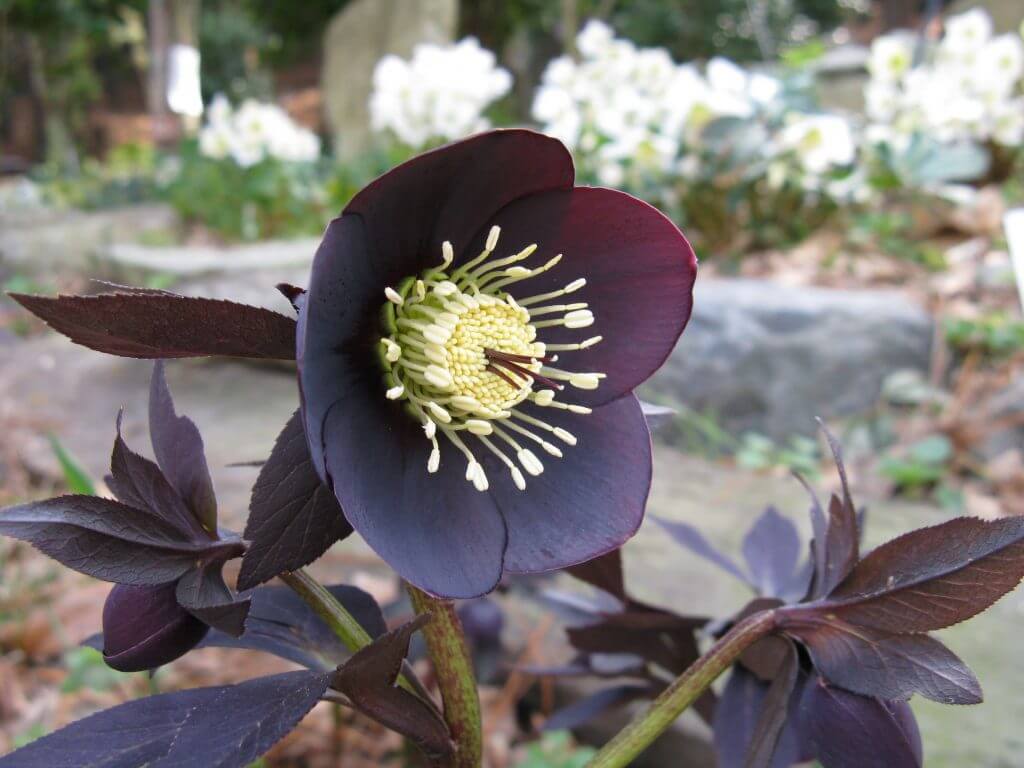
Indispensable shade perennials that bear saucer-shaped blooms in late winter and early spring, the swarm of hybrids known collectively as Lenten roses come in numerous near-black forms. They’re also prized for their verdant, hand-shaped, evergreen leaves, which sometimes are splashed with silver. Many of the blackest varieties – including ‘Black Diamond’, and the double ‘Dark and Handsome’ – can be purchased as seed or plants, and vary slightly in flower color. Give them partial shade, humus-rich soil, and a top-dressing of Fafard Compost for optimum performance.
Persian Lily (Fritillaria persica, Zones 5-8)
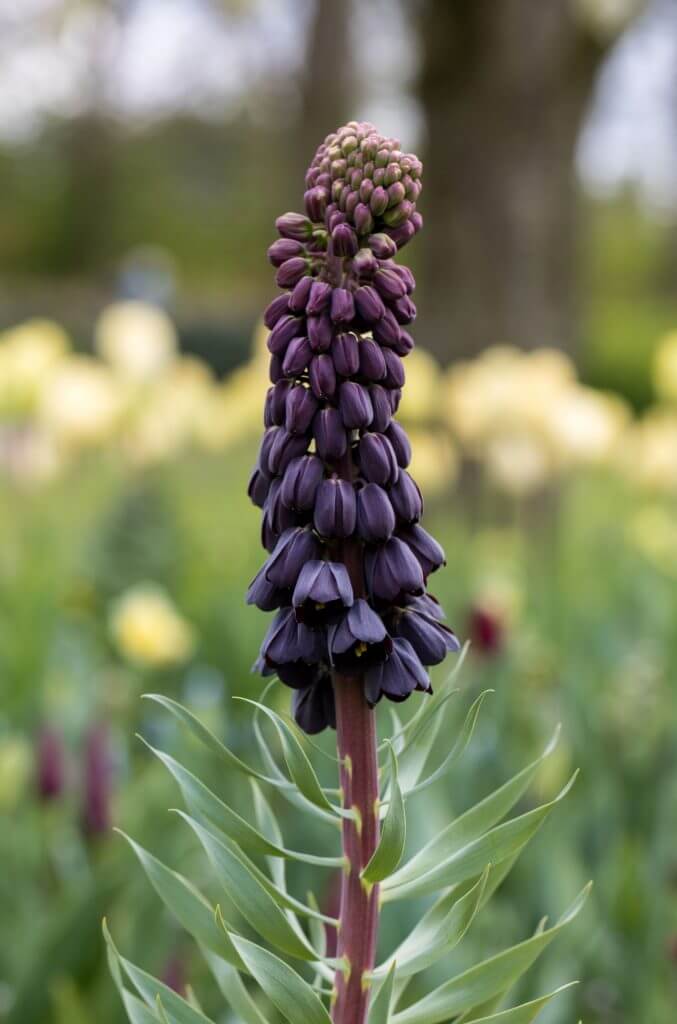
In mid-spring the large, skunky-scented bulbs of this Central Asian native send up 30-inch spikes of nodding chocolate-purple bells dusted with a silvery bloom. The cultivars ‘Adiyaman’ and ‘Senköy’ are especially dark-hued. Persian lily is excellent for combined with “black” tulips such as ‘Queen of the Night’ and ‘Black Parrot’. All the above appreciate full sun and fertile well-drained soil.
Fall is the best time to plant not only Persian lily but also most of the other black-flowered beauties described above. Get them in the ground now – amending with Fafard compost and topsoil as required – to get your Goth Garden off to a great start!


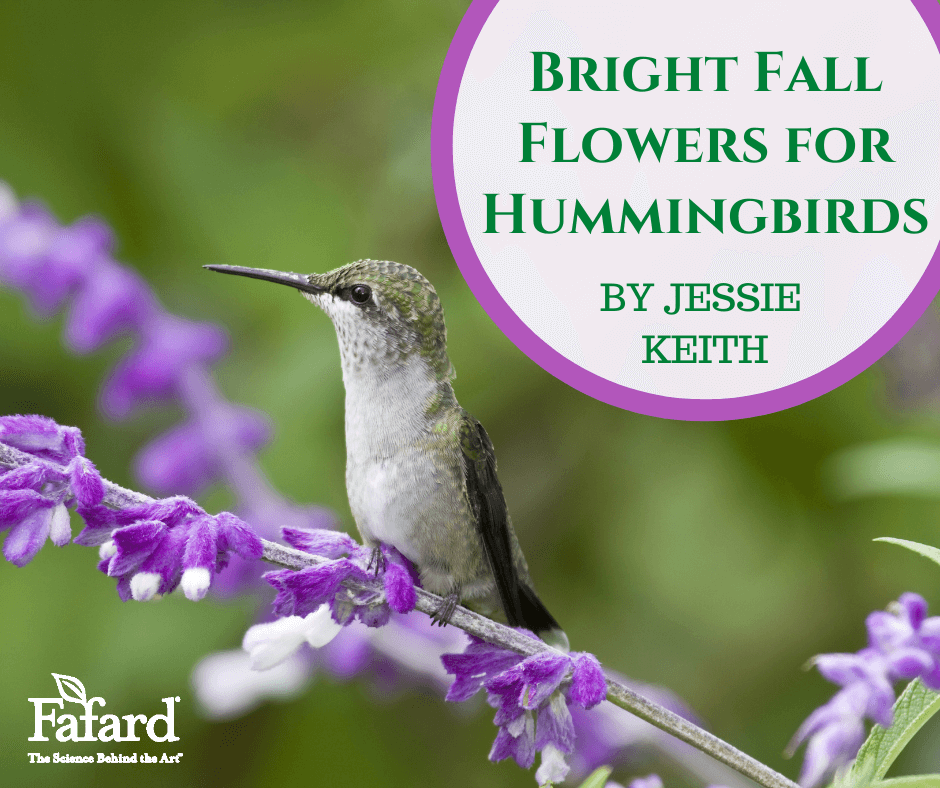
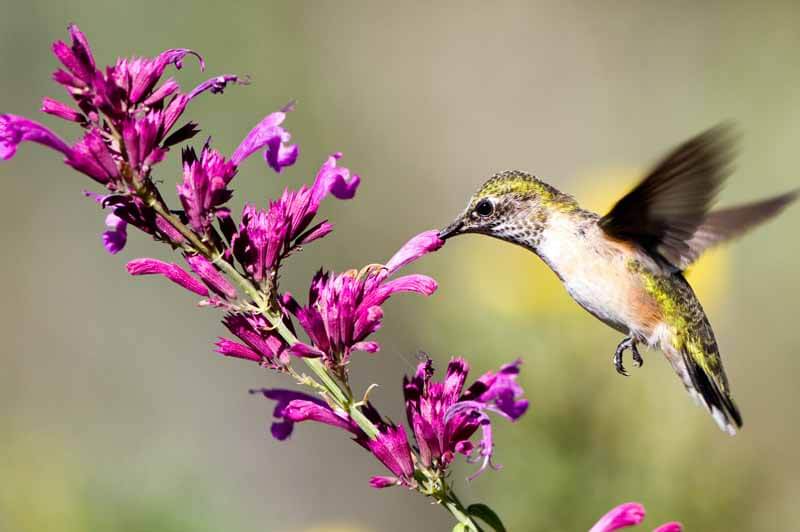
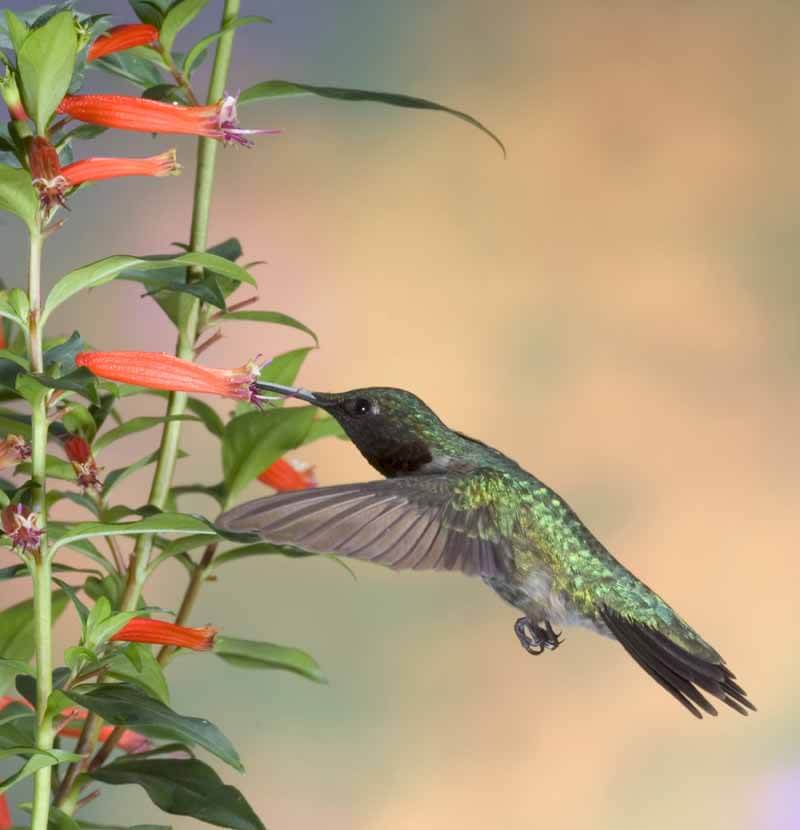
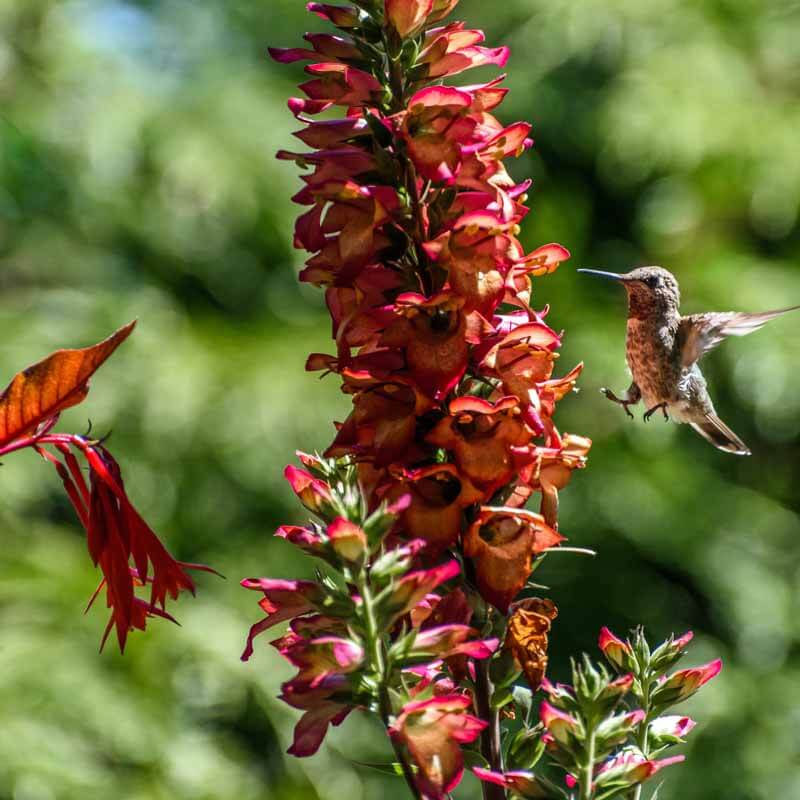
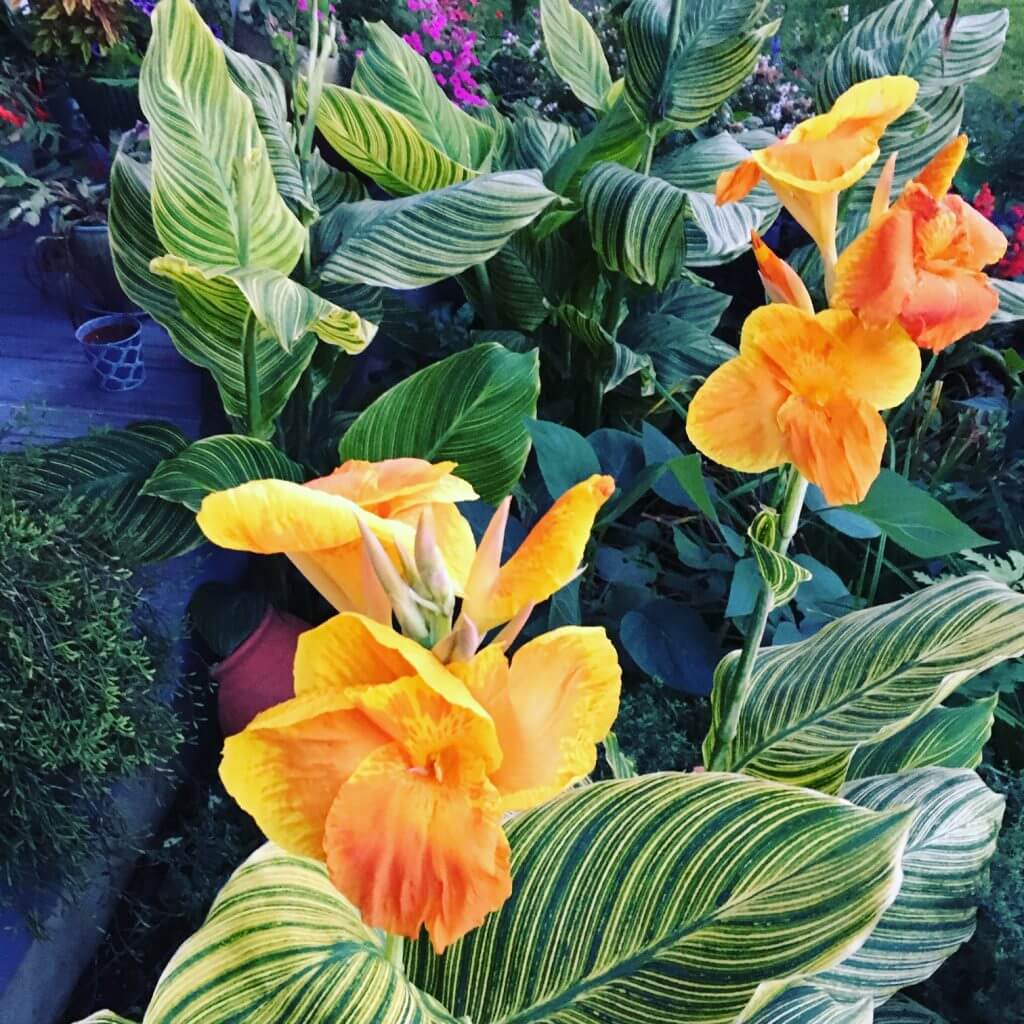
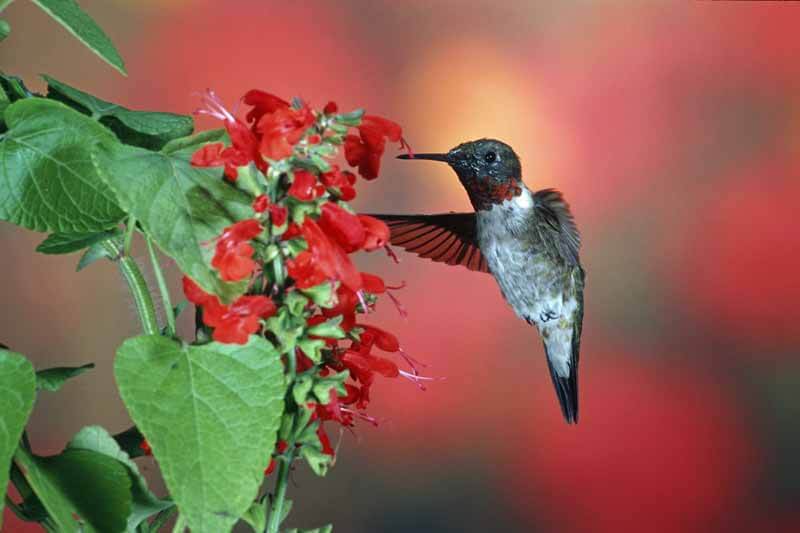
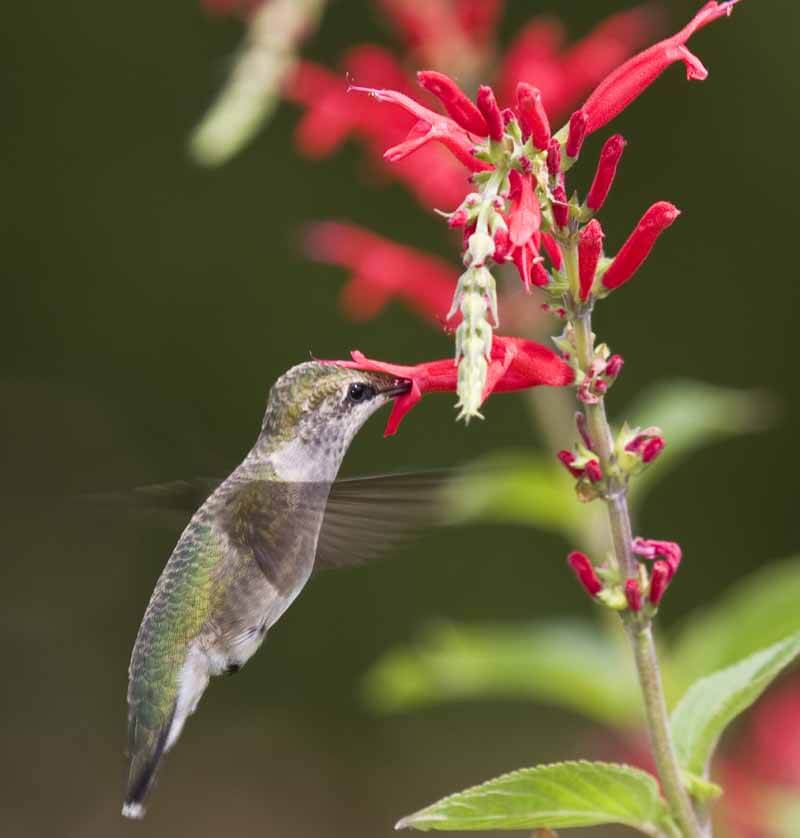
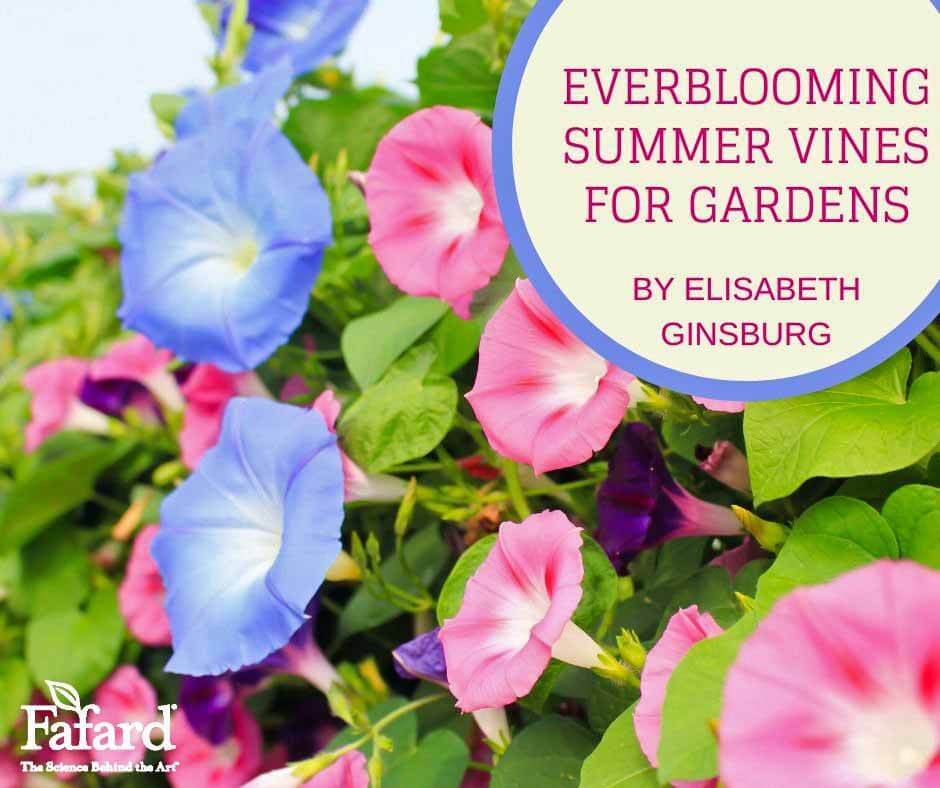

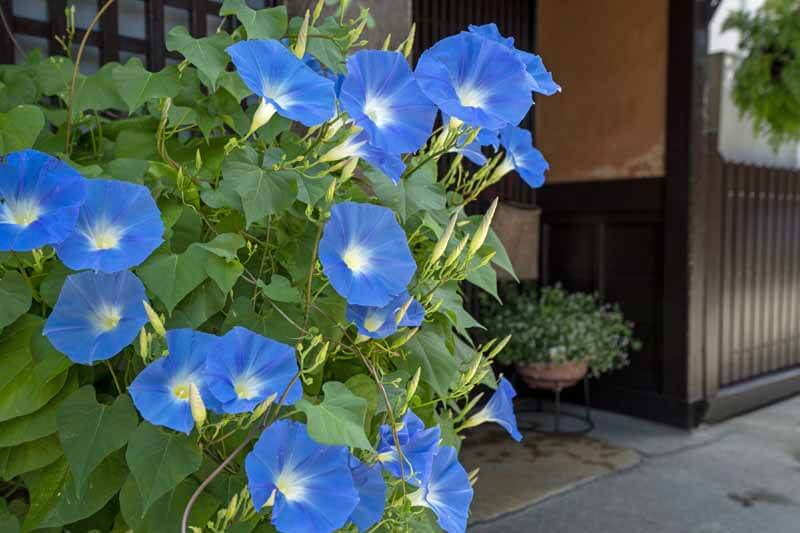
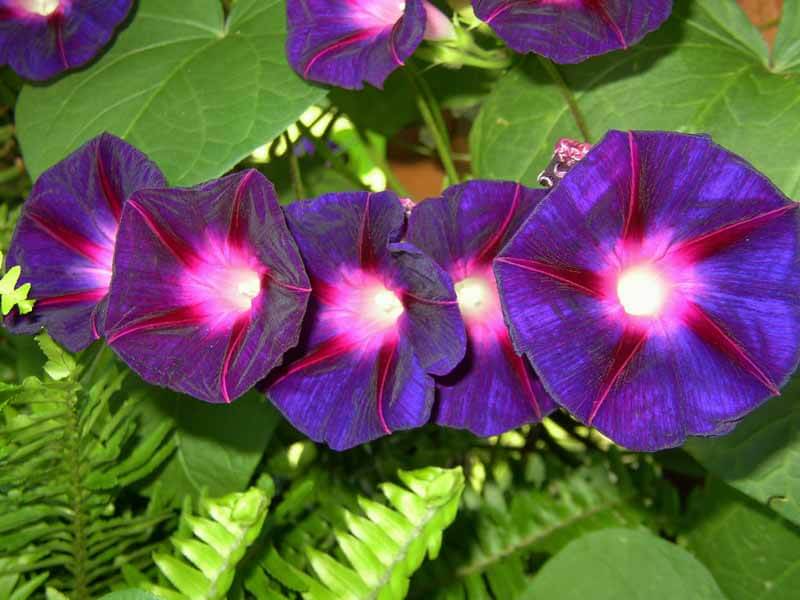
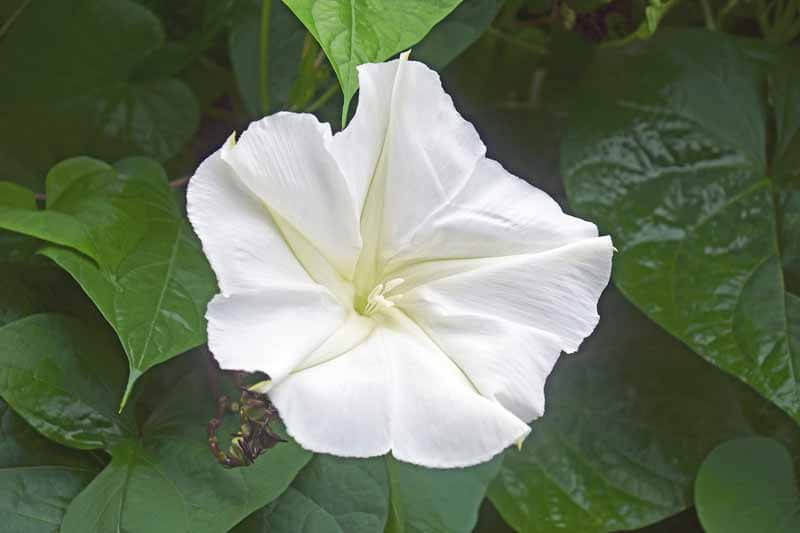
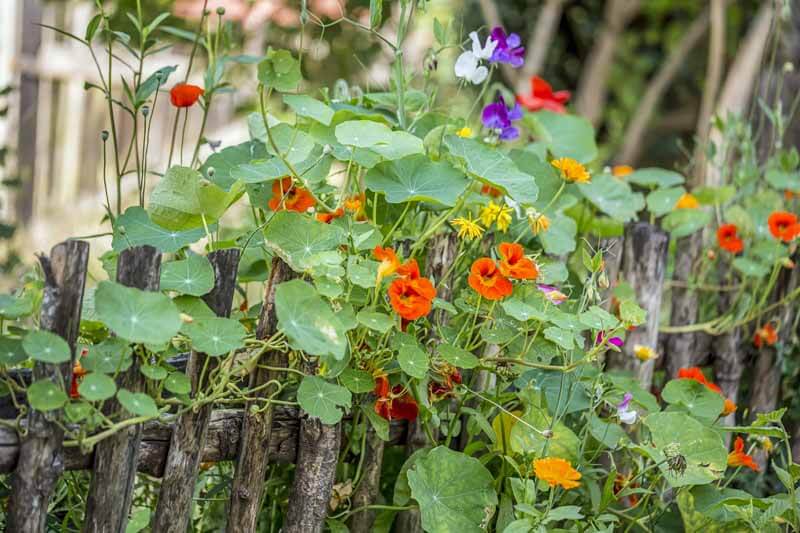
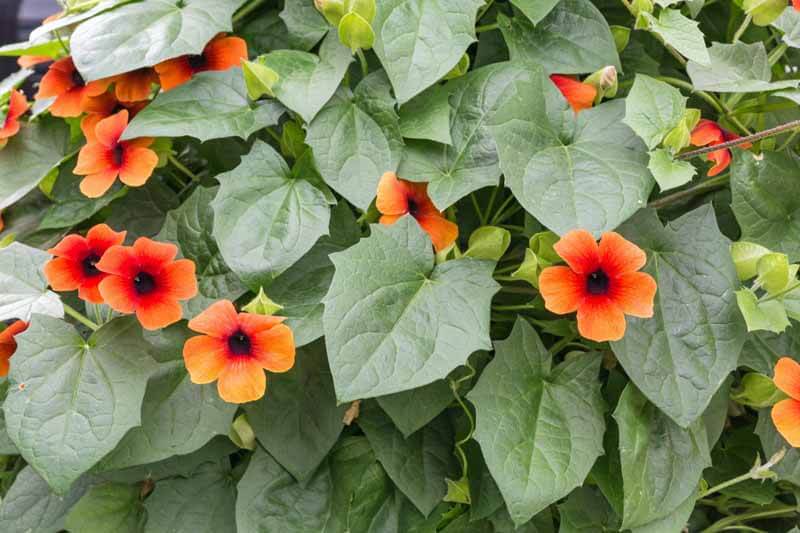
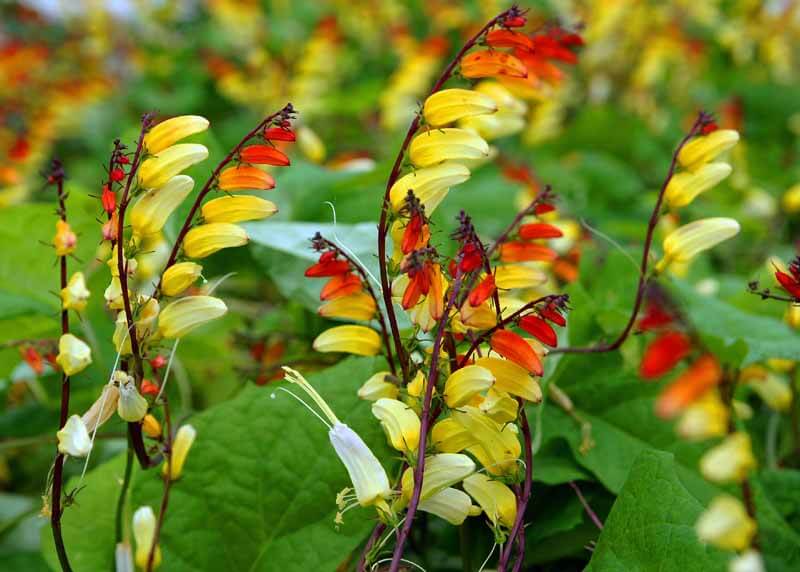
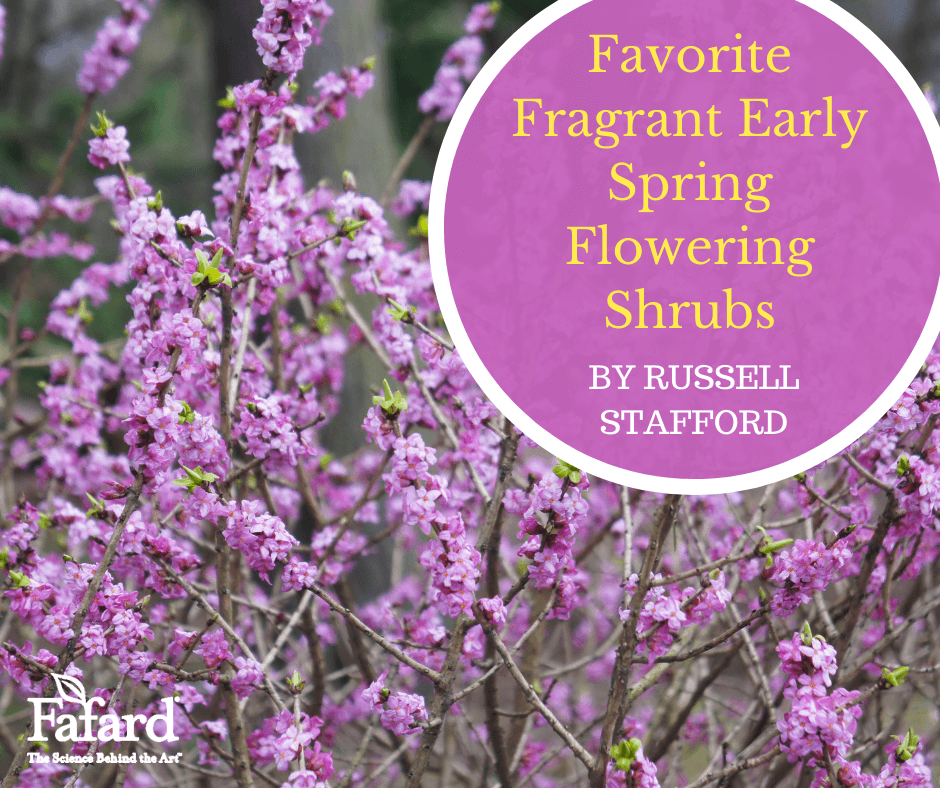
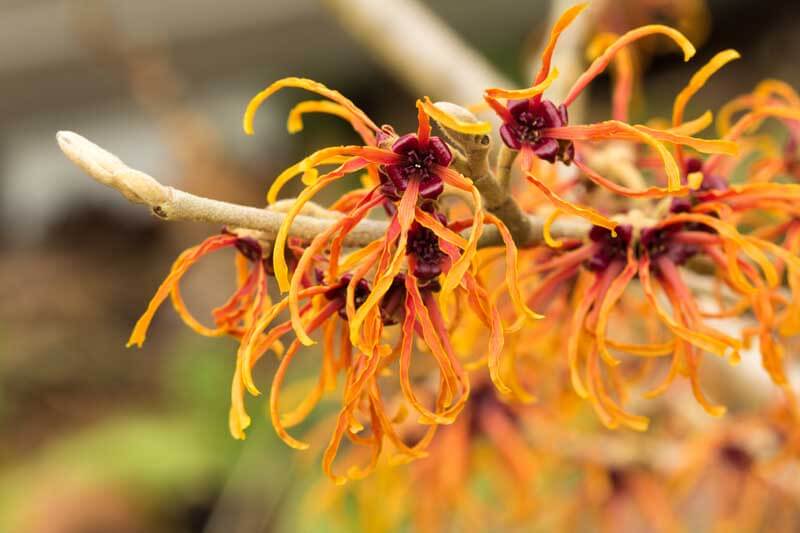
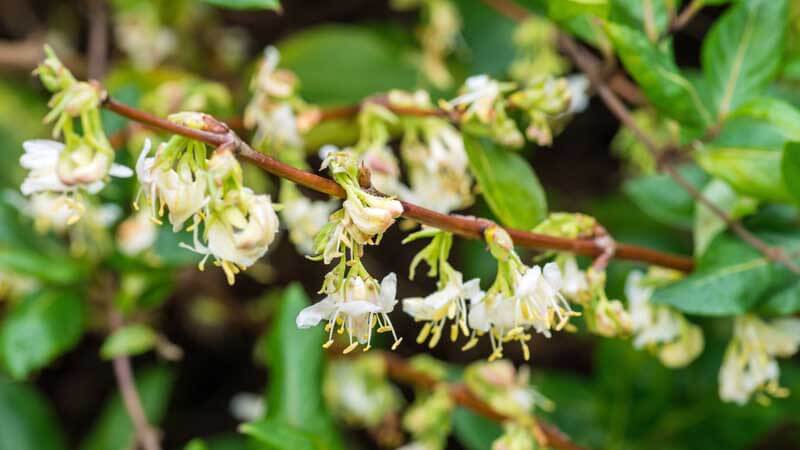
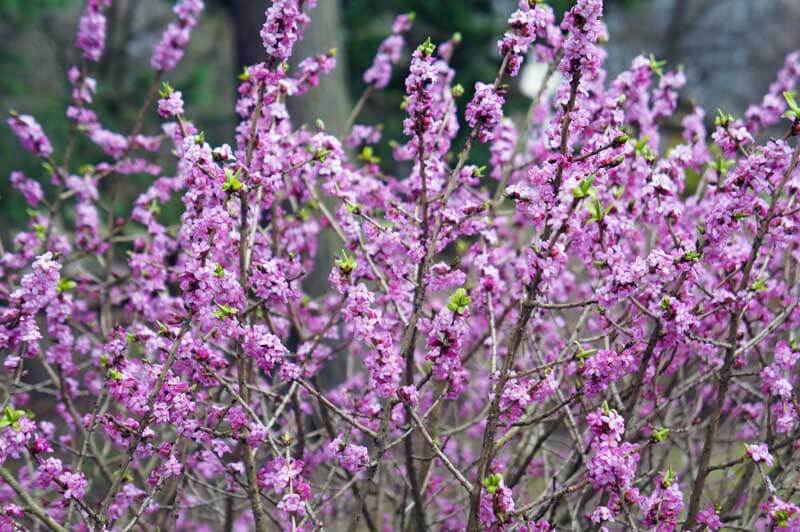
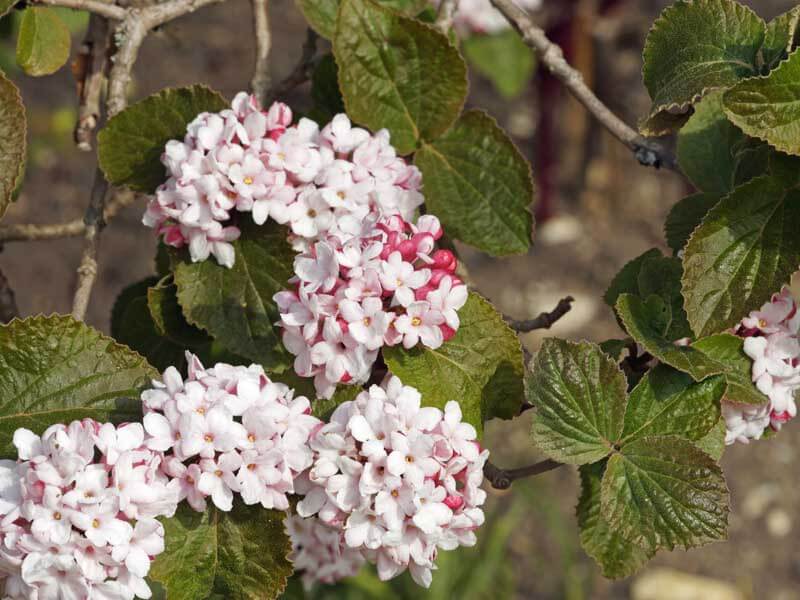
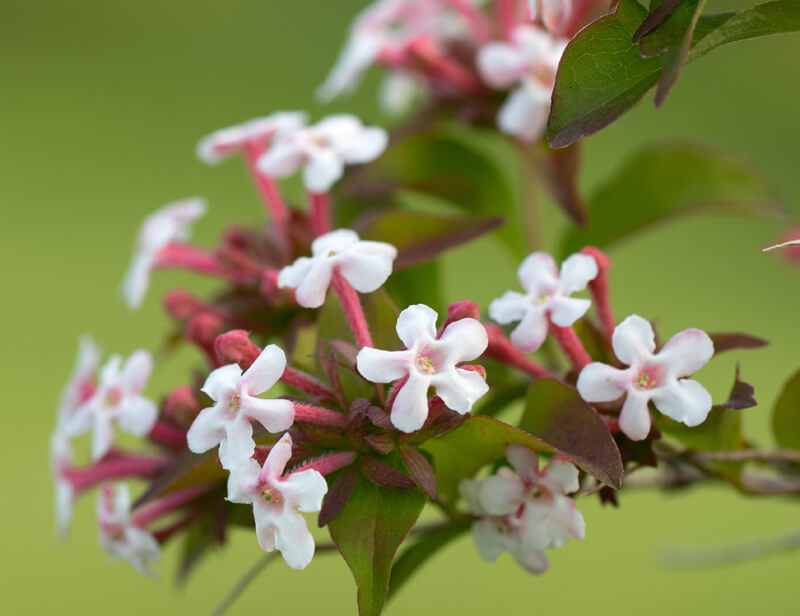
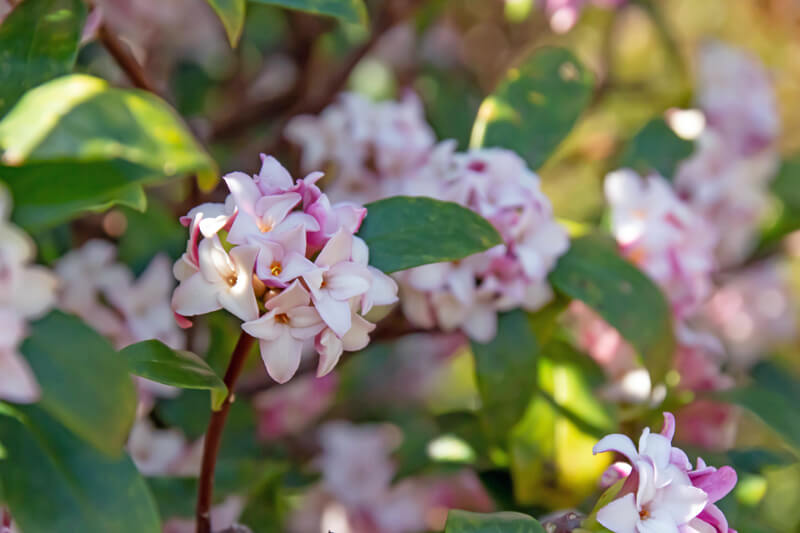
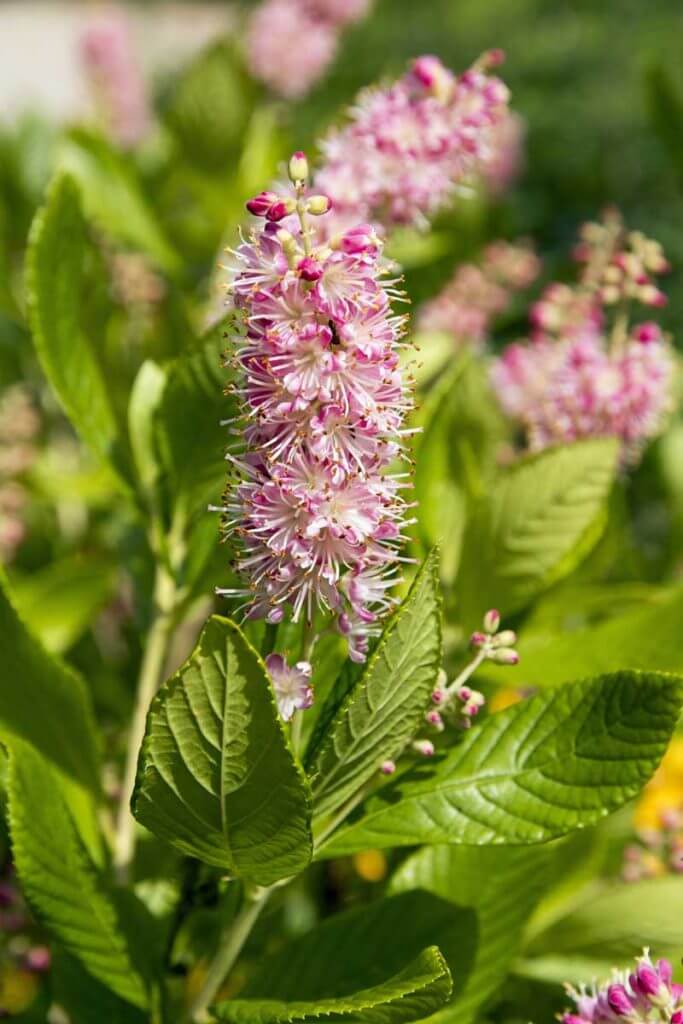
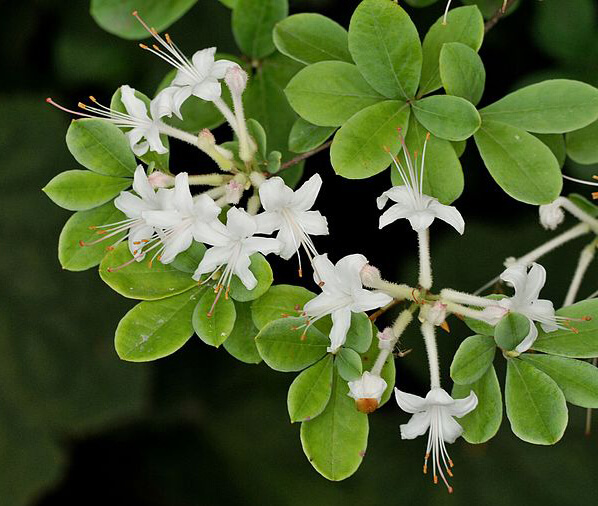
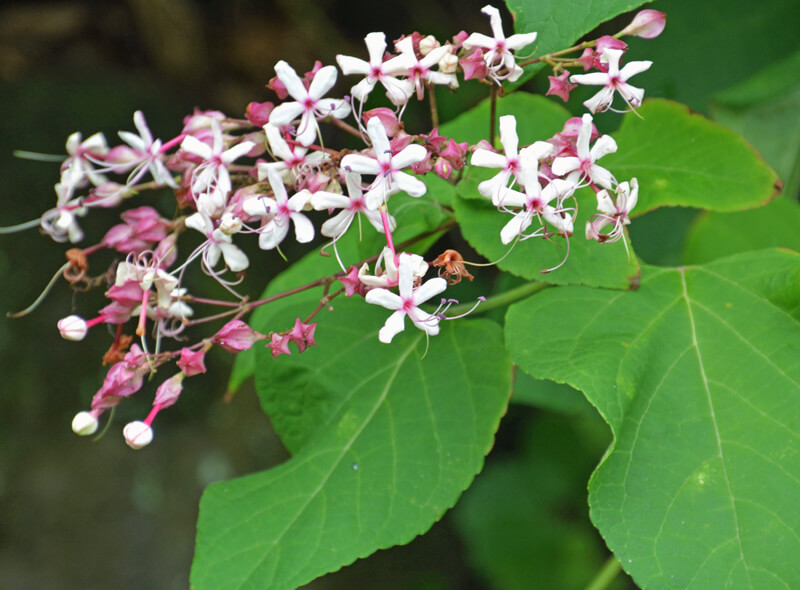
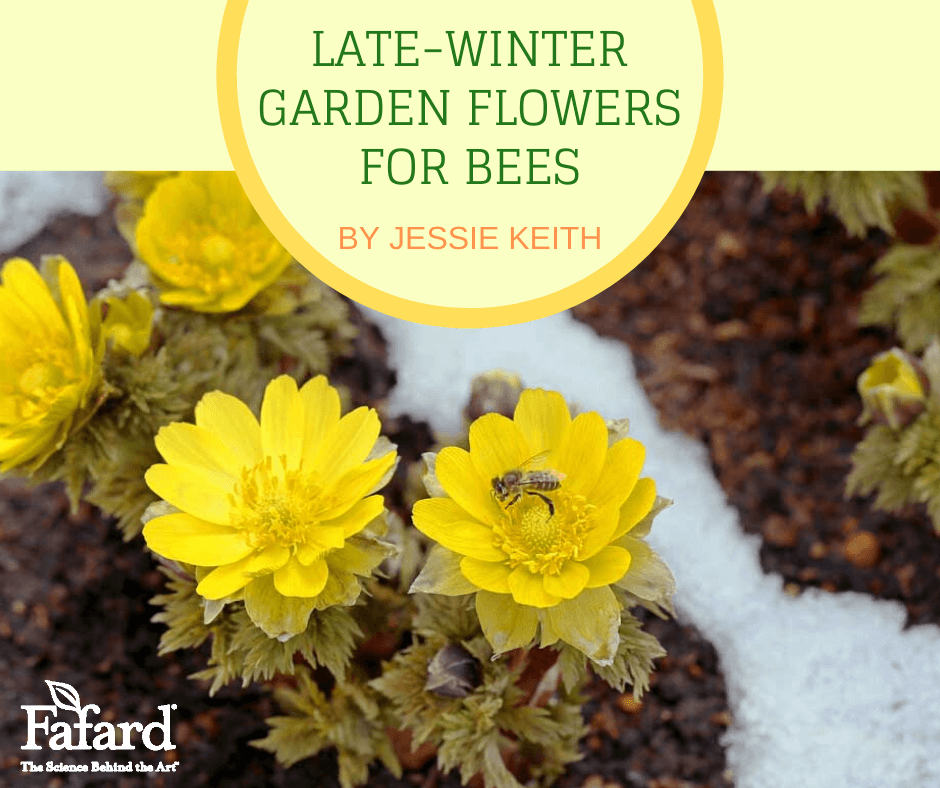
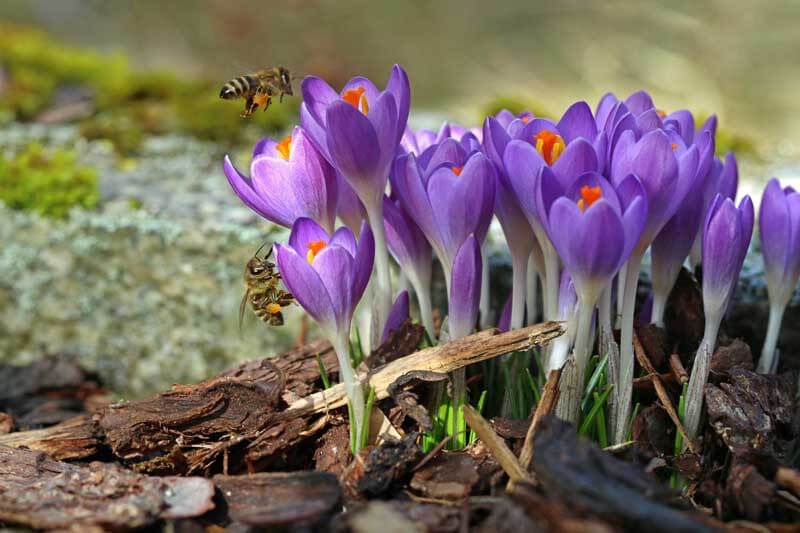
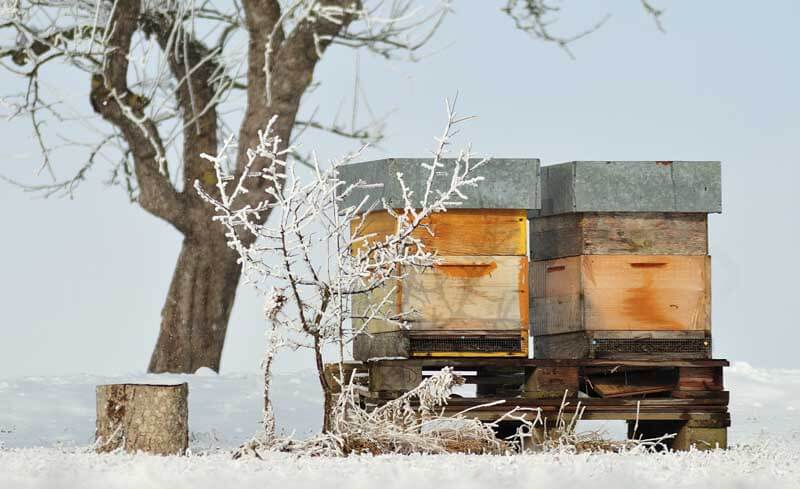
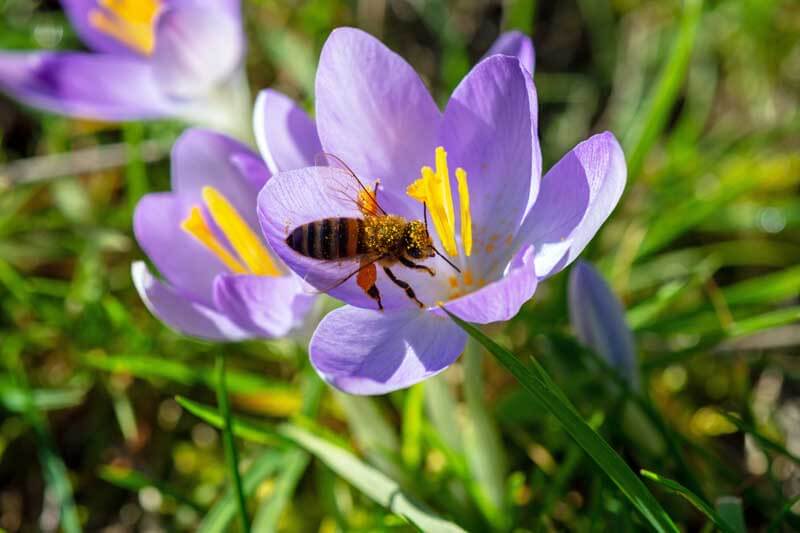
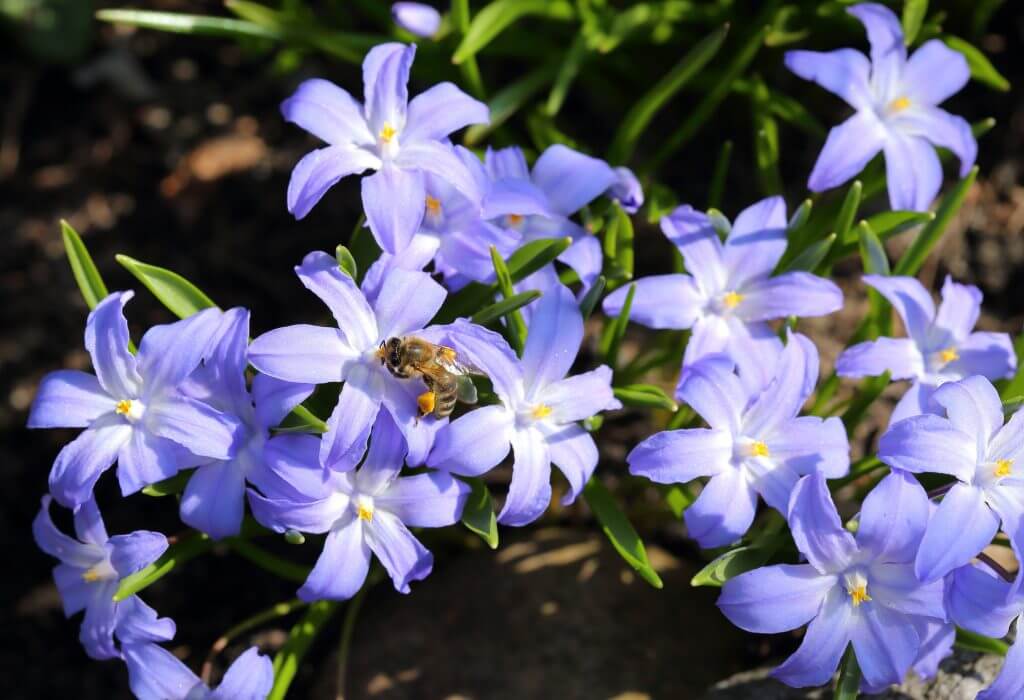
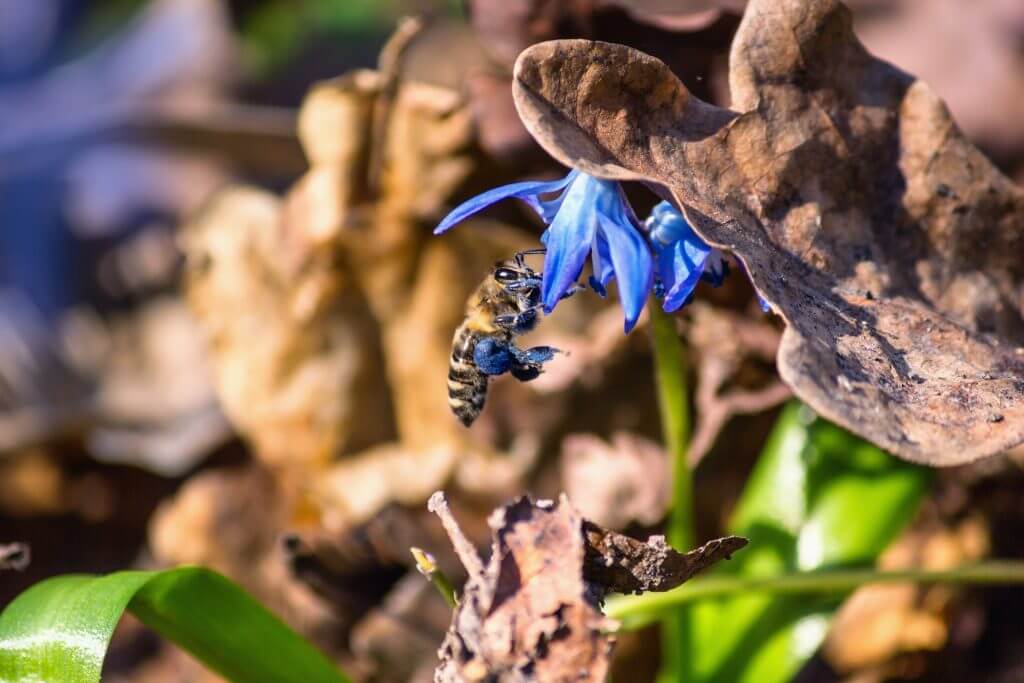
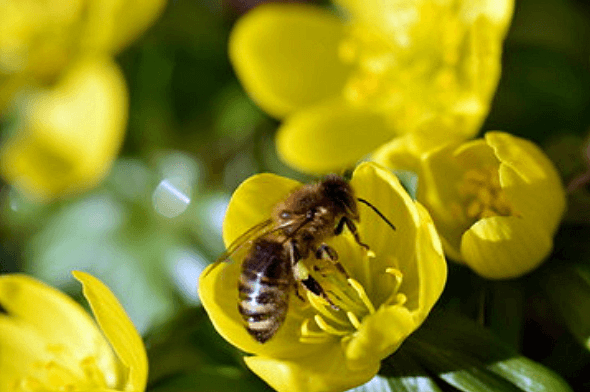
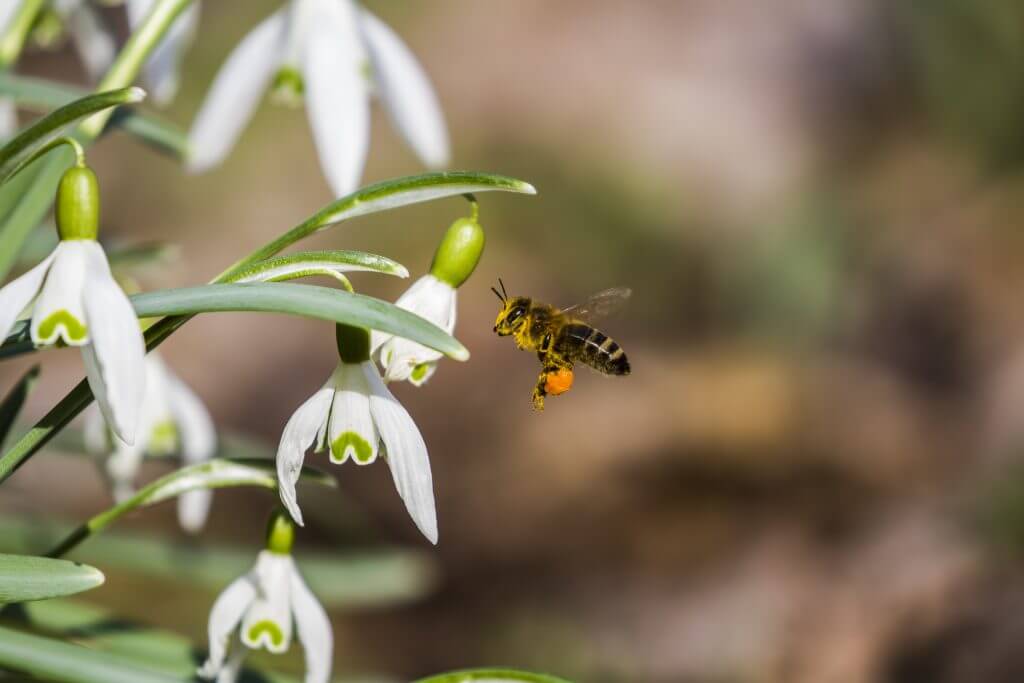
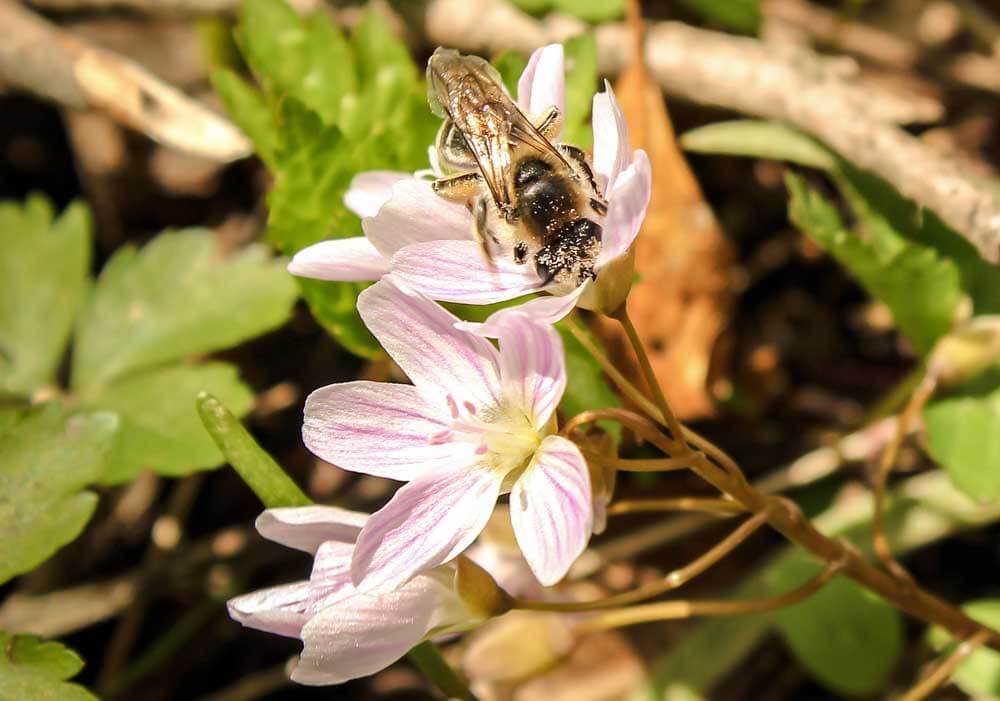
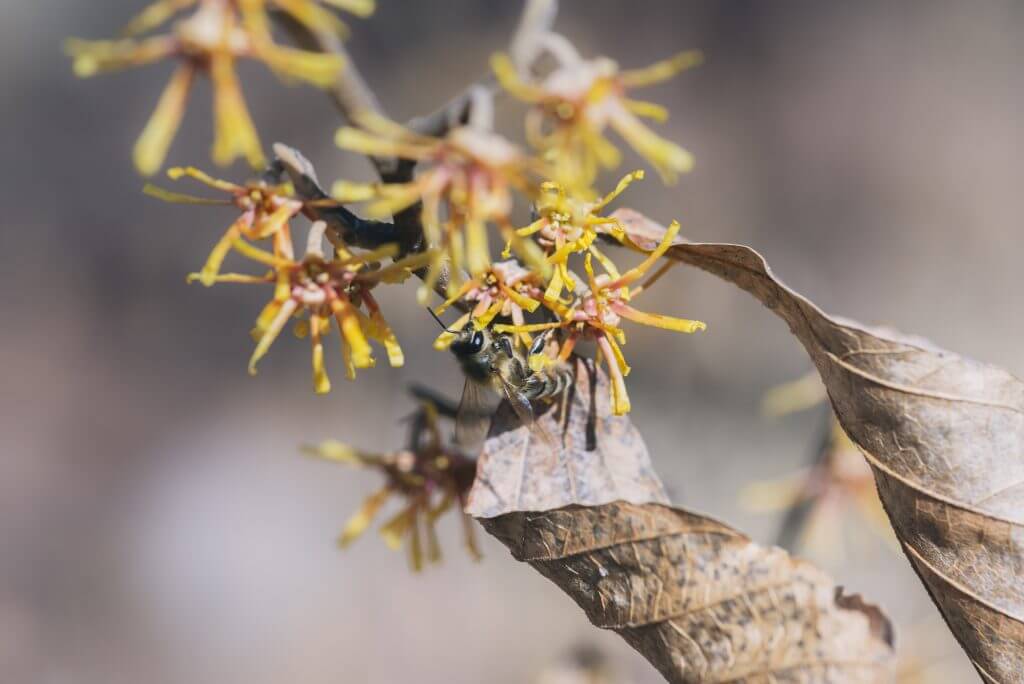
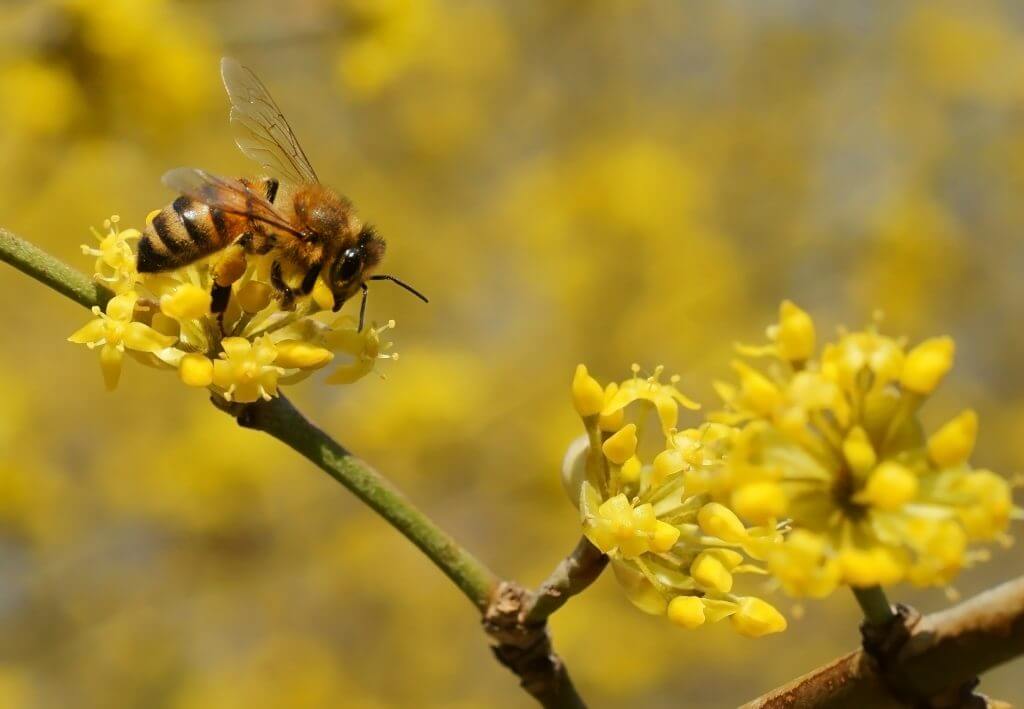
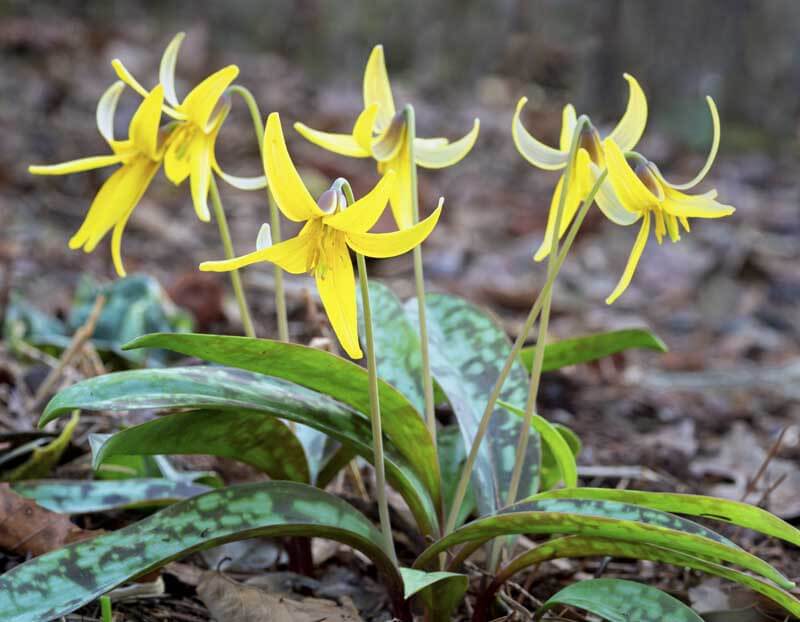


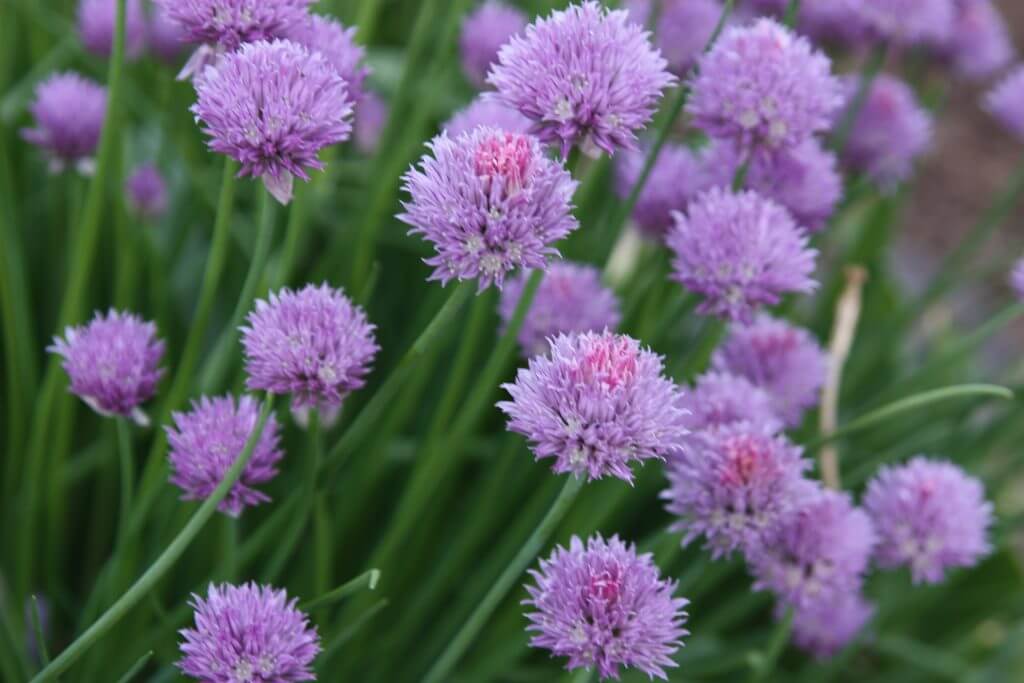
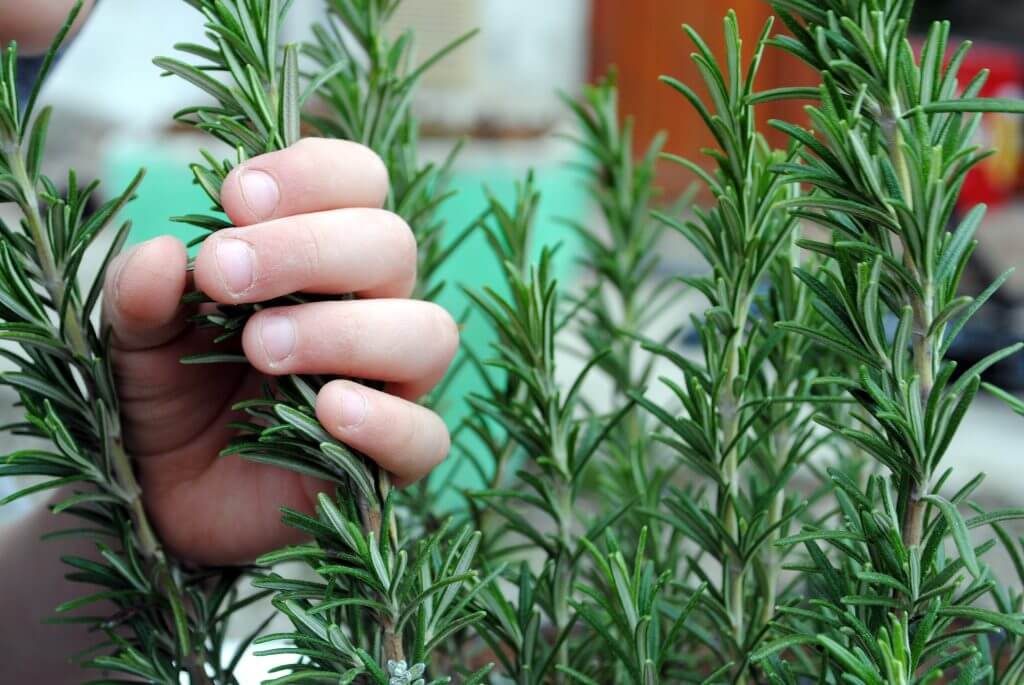
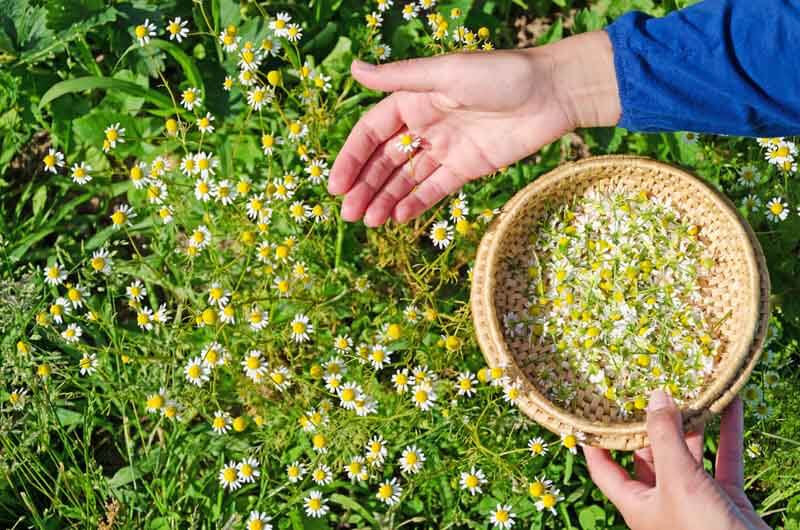
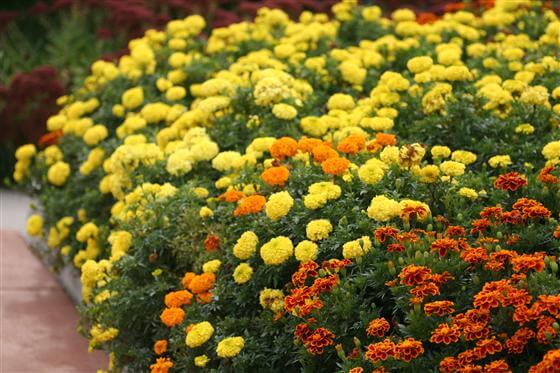
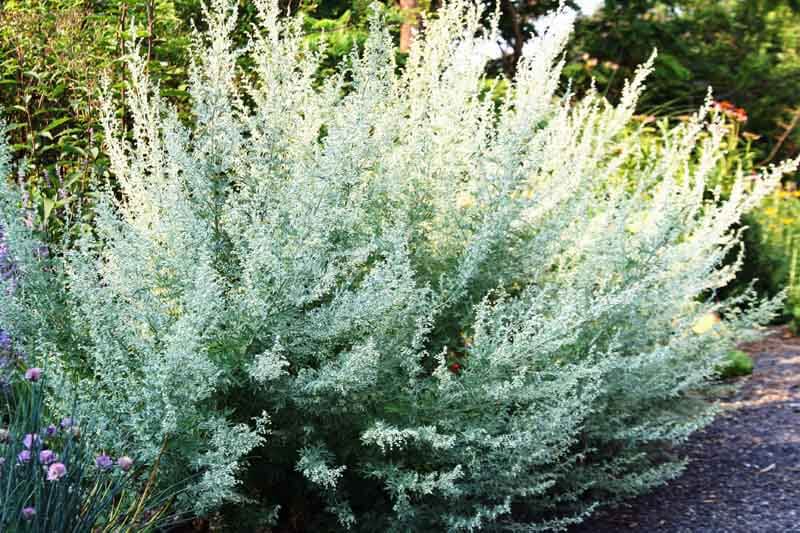


 These highly fragrant, short-lived perennials thrive where summers are cool and have frilly blooms in shades of red, white, and pink. Most reach a foot in height and are perfect for sunny border edges. Try the lovely
These highly fragrant, short-lived perennials thrive where summers are cool and have frilly blooms in shades of red, white, and pink. Most reach a foot in height and are perfect for sunny border edges. Try the lovely  These bushy, sun-loving bedding plants reach 2 to 3 feet and develop broad clusters of small, sweetly fragrant purple, lavender, or white flowers that attract butterflies. Remove old flower heads for repeat bloom all season. The very old variety ‘
These bushy, sun-loving bedding plants reach 2 to 3 feet and develop broad clusters of small, sweetly fragrant purple, lavender, or white flowers that attract butterflies. Remove old flower heads for repeat bloom all season. The very old variety ‘ Sweet peas are some of the most fragrant cool-season flowers. The delicate, tendriled vines require light trellising. Long-stemmed clusters of sweet-smelling flowers appear by late spring and are perfect for cutting. The antique ‘
Sweet peas are some of the most fragrant cool-season flowers. The delicate, tendriled vines require light trellising. Long-stemmed clusters of sweet-smelling flowers appear by late spring and are perfect for cutting. The antique ‘ The ever-blooming nature of this small, fragrant garden annual has made it one of the best for border and container edges. It blooms well in both hot and cool weather with clusters of tiny white, pink, or purple flowers. Try the honey-scented
The ever-blooming nature of this small, fragrant garden annual has made it one of the best for border and container edges. It blooms well in both hot and cool weather with clusters of tiny white, pink, or purple flowers. Try the honey-scented  Loads of warm-hued heirloom marigolds are still available to brighten contemporary flower beds. These tough sun lovers shine through the most difficult summers, keeping gardens looking good through the swelter. For garden edges, choose the 1903 heirloom
Loads of warm-hued heirloom marigolds are still available to brighten contemporary flower beds. These tough sun lovers shine through the most difficult summers, keeping gardens looking good through the swelter. For garden edges, choose the 1903 heirloom  The white blooms of jasmine-scented tobacco are most fragrant at night and pollinated by moths. The tubular flowers appear on plants reaching 3 to 4 feet high. This heat tolerant annual will tolerate some shade and will bloom well into fall.
The white blooms of jasmine-scented tobacco are most fragrant at night and pollinated by moths. The tubular flowers appear on plants reaching 3 to 4 feet high. This heat tolerant annual will tolerate some shade and will bloom well into fall.  Unusual lacy flowers make love-in-a-mist especially charming in the garden. The flowers may be violet-blue, purple, white, or pink. Once they have finished flowering, their dry seed pods are also visually interesting and useful in dried arrangements. They do tend to self-sow, so expect lots of seedlings to appear the following season. They flower best in cool weather and are short-lived, so they can be started both in early spring and late summer for two seasons of bloom.
Unusual lacy flowers make love-in-a-mist especially charming in the garden. The flowers may be violet-blue, purple, white, or pink. Once they have finished flowering, their dry seed pods are also visually interesting and useful in dried arrangements. They do tend to self-sow, so expect lots of seedlings to appear the following season. They flower best in cool weather and are short-lived, so they can be started both in early spring and late summer for two seasons of bloom. Heirloom petunias tend have looser habits that require regular pruning, but they are also charming and free-flowering. One of the most unique of the seed-grown heirlooms is ‘
Heirloom petunias tend have looser habits that require regular pruning, but they are also charming and free-flowering. One of the most unique of the seed-grown heirlooms is ‘ Older varieties of scarlet sage are taller and bushier but no less free flowering. The tall and elegant
Older varieties of scarlet sage are taller and bushier but no less free flowering. The tall and elegant  Follow seed packet instructions for planting guidelines and expected germination times. Smaller seeds usually need to be lightly covered with mix while larger seeds require deeper planting. Plant each cell with two to three seeds to make sure you get at least one seedling per cell. You only want one seedling per cell, so pinch out the weakest seedlings that germinate and leave the largest. Seeds often sprout best in temperatures between 68-73º F. Warm-season annuals germinate faster if flats are placed on
Follow seed packet instructions for planting guidelines and expected germination times. Smaller seeds usually need to be lightly covered with mix while larger seeds require deeper planting. Plant each cell with two to three seeds to make sure you get at least one seedling per cell. You only want one seedling per cell, so pinch out the weakest seedlings that germinate and leave the largest. Seeds often sprout best in temperatures between 68-73º F. Warm-season annuals germinate faster if flats are placed on 












